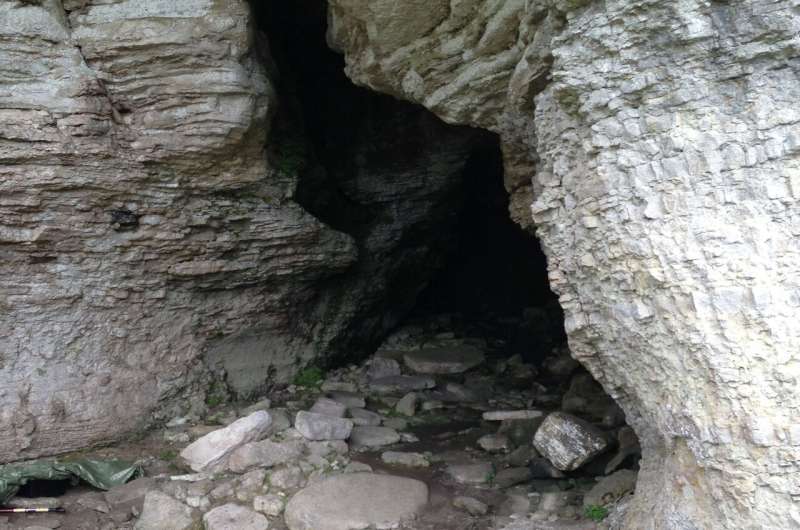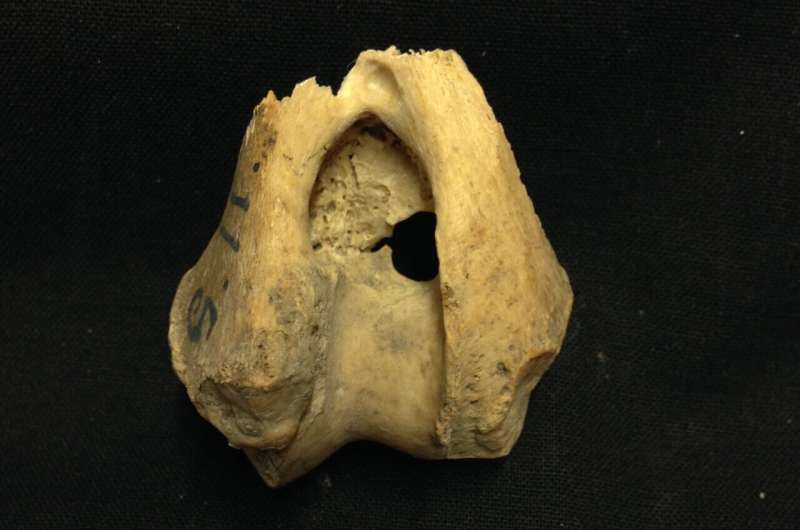A remarkable discovery of ancient wolf remains on a remote island in the Baltic Sea has challenged long-held assumptions about prehistoric human-animal relationships. Published in the Proceedings of the National Academy of Sciences, the study sheds light on a fascinating and unexpected chapter of wolf history. This finding, which includes detailed genetic analysis, offers clues about the interactions between early humans and these enigmatic creatures. The research, led by a team from the University of Aberdeen, opens up intriguing new questions about domestication and the evolution of wolves.
The Unlikely Discovery: Wolves on a Remote Baltic Island
“The discovery of these wolves on a remote island is completely unexpected,” said Dr. Linus Girdland-Flink, lead author from the University of Aberdeen. Researchers were taken aback when they uncovered ancient wolf remains on an isolated island in the Baltic Sea. For centuries, the islands of this region have been a place of mystery, home to remnants of past civilizations and untold stories. However, the presence of wolves, far from their mainland habitat, was entirely unanticipated.
The remains of these wolves, dated to be thousands of years old, have now become a key focus of genetic research. What makes this discovery even more intriguing is the location of the island itself—so remote that the only plausible explanation for the wolves’ presence is that they must have reached the island by boat, possibly alongside early human settlers. This raises fascinating questions about the extent to which humans may have influenced wolf populations.

Genetic Clues: A Surprising Connection to Eurasian Wolves
One of the most striking revelations from the study is that the ancient wolves found on the island share genetic ancestry that is indistinguishable from other Eurasian wolves.
“Not only did they have ancestry indistinguishable from other Eurasian wolves, but they seemed to be living alongside humans, eating their food, and in a place they could have only have reached by boat,” said Dr. Girdland-Flink.
This suggests a much more complex relationship between humans and wolves than previously thought. Early humans may have provided these wolves with food, and in return, the wolves could have played a role in human settlements, perhaps helping with hunting or even as protectors.
The connection between humans and wolves on this remote island hints at a long history of human-wolf interaction that is not commonly seen in archaeological records. These wolves were not simply wild animals—they were part of a broader social and ecological system that involved close contact with humans.

A Surprising Identity: Wolf or Dog?
The identity of the animal remains was another unexpected aspect of this discovery. “It was a complete surprise to see that it was a wolf and not a dog,” remarked Pontus Skoglund, senior author from the Francis Crick Institute. The initial assumption that the remains belonged to domesticated dogs was quickly overturned as genetic analysis confirmed that these were, in fact, wild wolves. This finding further complicates the narrative of early human-domesticated animal relationships.
Early domestication processes are usually associated with dogs, but the discovery suggests that wolves, too, may have been closely integrated into human settlements in ways that were previously underappreciated. The presence of these wolves on the island could indicate a different kind of domestication or symbiotic relationship, one that had not been fully recognized by researchers until now.
Low Genetic Diversity: Evidence of Human Management?
One of the most intriguing aspects of the study Published in the Proceedings of the National Academy of Sciences, is the low genetic diversity found in the wolf with the most complete genome. Anders Bergström, co-lead author from the University of East Anglia, explained,
“We found that the wolf with the most complete genome had low genetic diversity, lower than any other ancient wolf we’ve seen. This is similar to what you see in isolated or bottlenecked populations, or in domesticated organisms.”
This observation raises the possibility that the low genetic diversity in these wolves may not be entirely natural. It could be a sign that early humans were selectively managing the wolves, perhaps even domesticating them in some way. The lack of genetic variety is often seen in domesticated animals or populations that have gone through some form of human-driven selection. If humans were indeed managing these wolves, it would represent a different approach to domestication than what we typically associate with the evolution of dogs.

